#hydrogen
Text
ATTENTION: HYDROGEN
Great job at not occurring in our air at sufficient concentration to explode. Keep up the good work!
164 notes
·
View notes
Text
I was playing basketball with Samus Aran and at the end she turned into a hydrogen atom.
218 notes
·
View notes
Text
"It may sound surprising, but when times are tough and there is no other food available, some soil bacteria can consume traces of hydrogen in the air as an energy source.
In fact, bacteria remove a staggering 70 million tonnes of hydrogen yearly from the atmosphere, a process that literally shapes the composition of the air we breathe.
We have isolated an enzyme that enables some bacteria to consume hydrogen and extract energy from it, and found it can produce an electric current directly when exposed to even minute amounts of hydrogen.
As we report in a new paper in Nature, the enzyme may have considerable potential to power small, sustainable air-powered devices in future.
Bacterial genes contain the secret for turning air into electricity
Prompted by this discovery, we analysed the genetic code of a soil bacterium called Mycobacterium smegmatis, which consumes hydrogen from air.
Written into these genes is the blueprint for producing the molecular machine responsible for consuming hydrogen and converting it into energy for the bacterium. This machine is an enzyme called a “hydrogenase”, and we named it Huc for short.
Hydrogen is the simplest molecule, made of two positively charged protons held together by a bond formed by two negatively charged electrons. Huc breaks this bond, the protons part ways, and the electrons are released...
The molecular blueprint for extracting hydrogen from air
With Huc isolated, we set about studying it in earnest, to discover what exactly the enzyme is capable of. How can it turn the hydrogen in the air into a sustainable source of electricity?
Remarkably, we found that even when isolated from the bacteria, Huc can consume hydrogen at concentrations far lower even than the tiny traces in the air. In fact, Huc still consumed whiffs of hydrogen too faint to be detected by our gas chromatograph, a highly sensitive instrument we use to measure gas concentrations...
Enzymes could use air to power the devices of tomorrow
It’s early days for this research, and several technical challenges need to be overcome to realise the potential of Huc.
For one thing, we will need to significantly increase the scale of Huc production. In the lab we produce Huc in milligram quantities, but we want to scale this up to grams and ultimately kilograms.
However, our work demonstrates that Huc functions like a “natural battery” producing a sustained electrical current from air or added hydrogen.
As a result, Huc has considerable potential in developing small, sustainable air-powered devices as an alternative to solar power.
The amount of energy provided by hydrogen in the air would be small, but likely sufficient to power a biometric monitor, clock, LED globe or simple computer. With more hydrogen, Huc produces more electricity and could potentially power larger devices.
Another application would be the development of Huc-based bioelectric sensors for detecting hydrogen, which could be incredibly sensitive. Huc could be invaluable for detecting leaks in the infrastructure of our burgeoning hydrogen economy or in a medical setting.
In short, this research shows how a fundamental discovery about how bacteria in soils feed themselves can lead to a reimagining of the chemistry of life. Ultimately it may also lead to the development of technologies for the future."
-via The Conversation, March 8, 2023. Article written by the authors of the study.
#hydrogen#huc#renewable energy#clean energy#electricity#science and technology#physics#chemistry#good news#hope
343 notes
·
View notes
Text
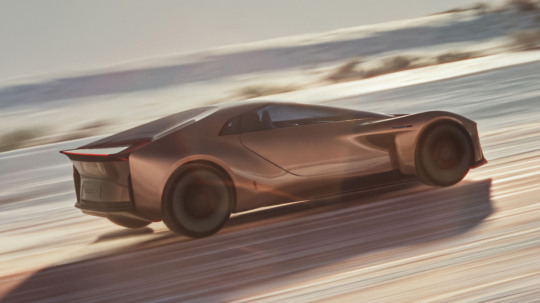

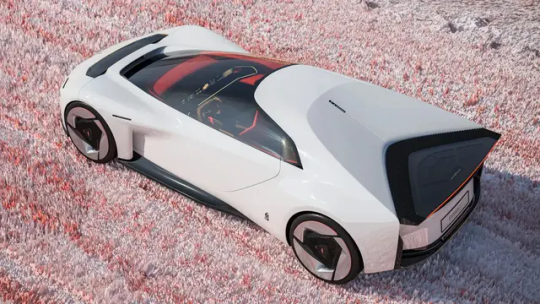
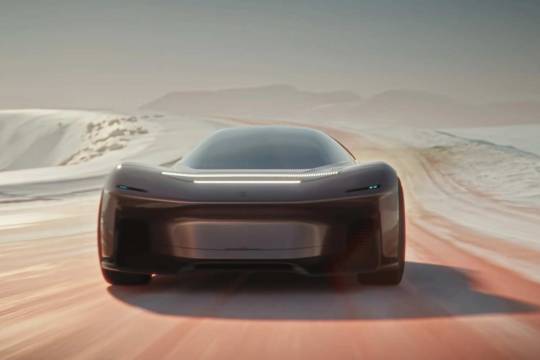

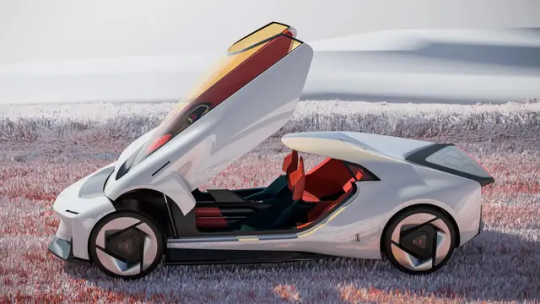




Pininfarina Enigma GT Concept
#art#design#luxury cars#luxury lifestyle#supercars#luxurycars#supercar#carconcept#conceptcar#hydrogen#fed V6#enigma GT#enegma#pininfarina#render#sport cars#hypercars#hypercar
80 notes
·
View notes
Text
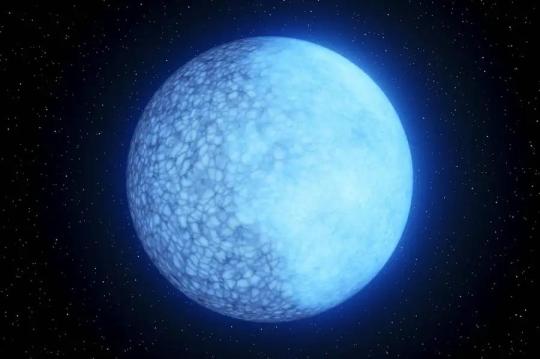
Group of scientists from California for the first time in history discovered a star whose surface is not uniform, but divided into two parts. One side of it consists mainly of hydrogen, the other of helium.
Source

257 notes
·
View notes
Text
Round 6 (Semi Finals) Matchup 1

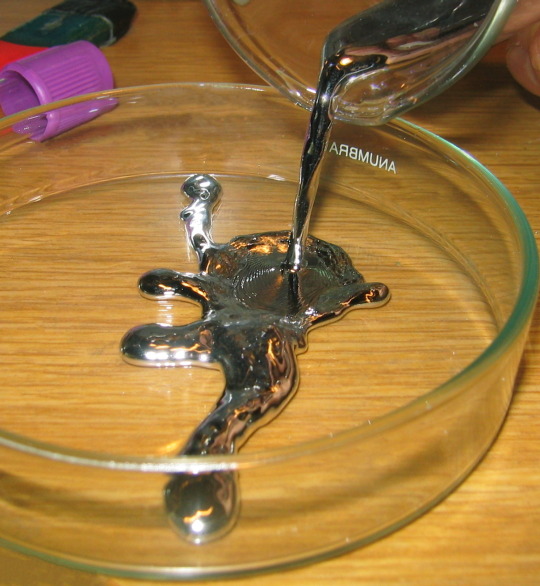
Hydrogen 1 (H) - Most of the universe, the building block of every other element.
vs
Mercury 80 (Hg) - The one, the only, (well not quite but close enough) liquid metal that doesn't burn you. It'll just fuck you up in a bunch of other ways.
259 notes
·
View notes
Text


#car#road#speed#drift#initial d#initialdfanpage#initialdworld#touge#tougedrift#Hyundai#Hyundai 74#74#Hyundai N#N74#hydrogen
220 notes
·
View notes
Text

Hydrogen atoms. Encyclopedia of X-rays and gamma rays. 1963.
Internet Archive
695 notes
·
View notes
Text
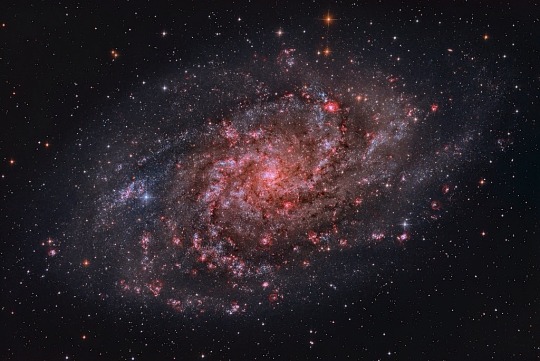
SPACEMAS DAY 3 ✨🪐🌎☄️☀️🌕
The gorgeous spiral galaxy Messier 33 seems to have more than its fair share of glowing hydrogen gas. A prominent member of the local group of galaxies, M33 is also known as the Triangulum Galaxy and lies just 3 million light-years away. The portrait features M33's reddish ionized hydrogen clouds or HII regions. Sprawling along loose spiral arms that wind toward the core, M33's giant HII regions are some of the largest known stellar nurseries, sites of the formation of short-lived but very massive stars. Intense ultraviolet radiation from the luminous, massive stars ionizes the surrounding hydrogen gas and ultimately produces the characteristic red glow. In this image, broadband data were combined with narrowband data recorded through a hydrogen-alpha filter. That filter transmits the light of the strongest visible hydrogen emission line.
Image Credit: Reinhold Wittich
#astronomy#space#science#universe#spacemas#day 3#galaxy#hydrogen#hydrogen stars#m33#triangulum galaxy#Triangulum#light year#distance#stellar nursery#new star#follow#like#reblog#the first star#the first starr#thefirststar#thefirststarr#nasa#apod#tumblr#blog#hydrogen spectrum
112 notes
·
View notes
Text
#good news#science#environmentalism#climate change#co2#carbon emissions#hydrogen#green hydrogen#fossil fuel alternatives#green energy#airplanes#aviation#sustainable aviation#environment
179 notes
·
View notes
Text

Marvel at the sheer scale of element people.
7 inches on average
96 notes
·
View notes
Text

Today on NoScienceReviews.
56 notes
·
View notes
Text
Becoming increasingly convinced that high-speed rail might be the only economically viable (megacorp and politicapitalism friendly…) thing that can drastically lower the cost of living for everyone while additionally massively increasing general economic gains and aide in scientific and knowledge seeking innovations.
Between high speed rail, nuclear energy, and hydrogen development, we would could seriously launch this planet into the future at breakneck speeds.
#not that it took much convincing#politicapitalism#(is that a word? it should be#the cross between corporate lobbying and politics)#high speed rail#trains#megacorp#nuclear energy#hydrogen#mine#that it#it would solve so many social issues by spreading and connecting the populace over large areas
37 notes
·
View notes
Text

Hydrogen Embrittlement
When hydrogen diffuses into certain metals, it can reduce the ductility of the material in a process known as hydrogen embrittlement, hydrogen-assisted cracking, or hydrogen-induced cracking. This is most common in steels and other ferrous alloys (stainless steel is less susceptible), but can also occur in titanium, nickel, and cobalt alongside their alloys. The hydrogen itself is not enough to cause failure, but coupled with an external stress can lead to cracking.
Sources/Further Reading: (Image source - Wikipedia) (TWI) (2020 article) (2018 article)
28 notes
·
View notes
Text
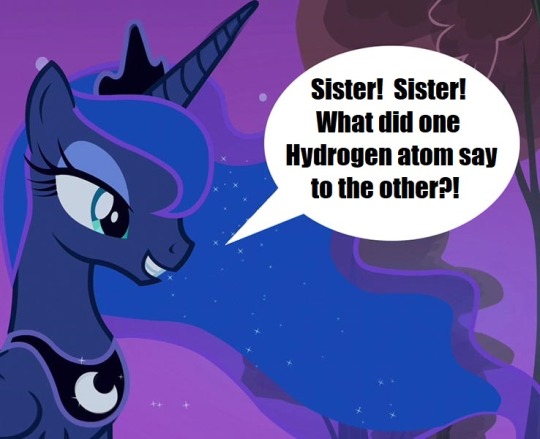



We asked Alexa for a Science joke, and this is what she gave us.
66 notes
·
View notes
Text
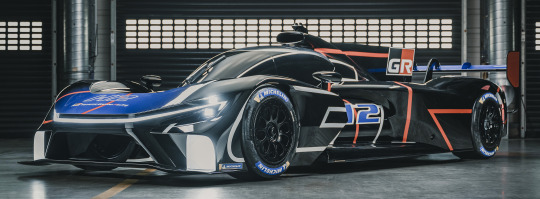

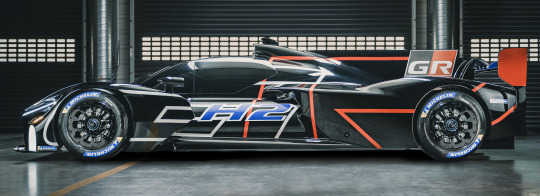
Toyota GR H2 Racing Concept, 2023. A prototype endurance racing car that is powered by hydrogen and is designed to compete in the Le Mans 24 Hours race's new hydrogen car category.
#Toyota#Toyota GR H2 Racing Concept#prototype#concept#race car#endurance racing#hydrogen#hydrogen race car#H2#24 hours of le mans
119 notes
·
View notes